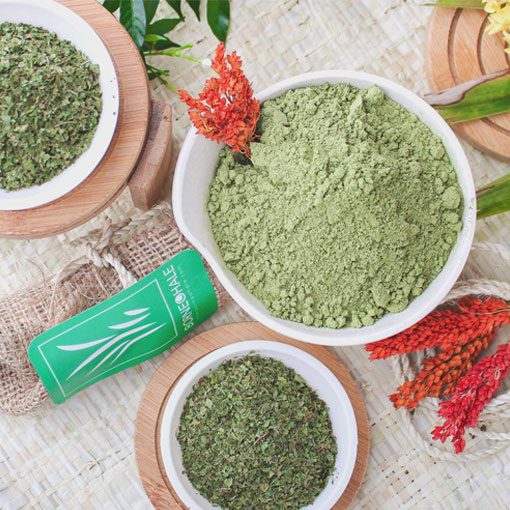Maeng Da kratom is considered one of the most well known forms of kratom on the market. It is often considered one of the most potent forms of kratom but many people know much more about its effects than its origins.
Like all kratom, there are three main strains of Maeng Da: red, white and green vein Maeng Da kratom. They each produce unique effects, but any form of Maeng Da kratom is surprisingly potent, and there is good reason for that.
Currently, “Maeng Da” kratom, as it’s called, has a bit of a derogatory name. Maeng Da translates into “pimp” kratom in Thai, but it has only been called that for around 20 years. The strain’s actual history is harder to ferret out, since there is a lot of bad information and misinformation out there on the web concerning Maeng Da kratom.
Conspiracies that Maeng Da kratom has been genetically modified to reach its current potency are not far off the mark. In fact, Maeng Da has achieved its impressive effects through a process called grafting.
Stronger forms of kratom have always been preferred and farmers all over Southeast Asia were grafting their kratom crops to produce unique qualities. Selective breeding is exceptionally popular in Indonesia, where the first strains of so called “Maeng Da” kratom originated.
Manual and heavy labor work was very common in the areas where Maeng Da was first created. These dirty jobs included long hours in extreme heat and humidity, and kratom was being used extensively to keep the workers concentrated, happy and awake. In an attempt to create the strongest kratom to meet the demands of this market, Thai plantations re-popularized grafting to create powerful Maeng Da.
With different strains and further experimentation, Maeng Da is no longer seen as the most potent strain of kratom, but it is still well-known for it’s strong, long-lasting effects that are especially beneficial for those working in manual labor, exactly what it was first designed for.




















.jpg)





